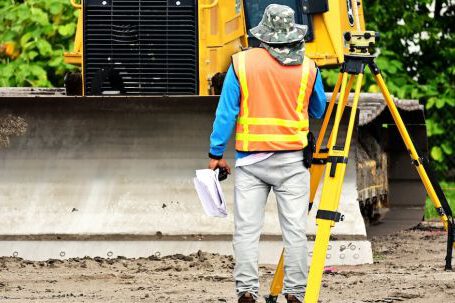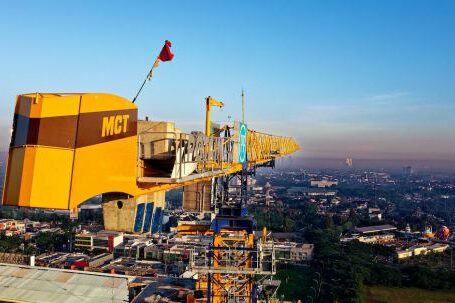Construction sites are a bustling hub of activity, with plenty of potential for accidents and injuries. To minimize the risk of harm and ensure the safety of everyone on site, it is important to invest in reliable protection equipment. Concrete protectors are a must-have for any construction site, providing a crucial layer of defense against many dangerous factors.
Benefits of Concrete Protectors
Concrete protectors are physical barriers designed to protect surfaces and personnel from harm. They are a practical solution for many construction sites, providing a range of safety benefits.
- The primary benefit of concrete protectors is their ability to protect personnel from potential danger. They are ideal for preventing falls and slips due to their anti-slip surface, and can also be used to shield workers from potential hazards such as flying debris and splashes from hazardous materials.
- Concrete protectors are also useful for protecting surfaces from damage. They can be used to protect surfaces from impacts, abrasion, and chemical corrosion. This is particularly important for areas that are susceptible to wear and tear, such as walkways.
- In addition, concrete protectors can be used to limit the spread of dust and debris. This is especially useful for construction sites, where dust and debris can be hazardous and cause accidents.
- Finally, concrete protectors can also be used to reduce noise levels on construction sites. This is especially important for sites that are located in urban areas, where noise levels can be a nuisance to local residents.
Types of Concrete Protectors
There are a range of different concrete protectors available, each with their own set of benefits. The most common types of protectors include:
- Corner guards – These are designed to protect walls and corners from impact damage. They are usually made of a durable material such as rubber or plastic, and are available in a variety of shapes and sizes.
- Edge protectors – These are designed to protect surfaces from abrasion and impact damage. They are available in a range of styles, from foam to rubber, and can be used on a variety of surfaces.
- Expansion joint covers – These are designed to protect expansion joints from impact damage. They are usually made of a flexible material such as rubber or plastic, and are available in a range of sizes.
- Wall guards – These are designed to protect walls from impact damage. They are usually made of a durable material such as rubber or plastic, and can be used on a variety of surfaces.
Tips for Choosing Concrete Protectors
When selecting concrete protectors, it is important to consider a few key factors. Firstly, it is important to consider the size and shape of the protectors, as well as the type of surface they are designed to protect. Secondly, it is important to consider the material they are made of, as well as the level of impact and abrasion resistance they offer. Finally, it is important to consider the noise reduction capabilities of the protectors.
Conclusion
In conclusion, concrete protectors are a must-have for any construction site. They provide a range of safety benefits, from protecting personnel from potential danger to reducing noise levels. There are a range of different types of protectors available, and it is important to consider a few key factors when selecting the right one for your site. Investing in reliable protection equipment is essential for ensuring the safety of everyone on site.






